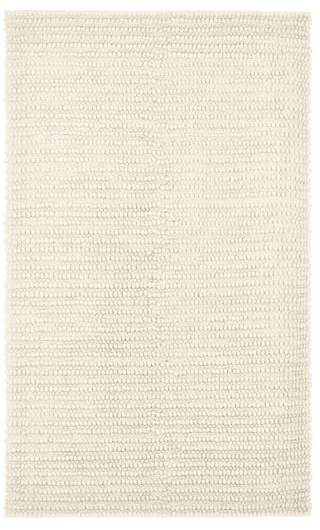Wool Carpet Allergy

Wool is one of the best carpets for allergy asthma and eczema sufferers because it has natural hypoallergenic properties and absorbs common airborne contaminants like cooking fumes deodorants cleaning chemicals and smoke which helps improve the air quality.
Wool carpet allergy. Similarly more tightly woven strands are also better at keeping allergens away. Lanolin is a complex substance and is often added to cosmetics and ointments for. Carpet has long been regarded as the enemy when it comes to allergies and asthma. There is no reason why asthmatic or allergy sensitive people should not enjoy the comfort and good looks of carpets and or rugs.
Regardless of material avoid shag the shorter the strands the fewer places the pollen can go. With new carpet this is thought to be the result of breathing 4. Individuals also have reported problems such as cough fatigue and breathing problems. If you have a persistent allergy then you re probably no stranger to dust mites.
It is believed that this exacerbates the symptoms of these conditions. Just about anything can find its way into the welcoming fibers of your carpet. Wool conversely should be avoided because allergens and mold can thrive in it. Those living with asthma or allergy symptoms have historically been advised to remove all carpet in the home because carpet traps allergens.
Because the more these substances stay in your house the more you are likely to experience allergy symptoms. Wool allergy is believed to come from lanolin a protective waxy layer that covers every strand of sheep hair. A great many reputable sources advise allergy and asthma sufferers to remove the carpeting. The least effective are wool because allergens and mold thrive there.
As an allergy sufferer you would not want a carpet on which mold and allergens thrive. If you have carpet allergies you can either be allergic to allergens that get trapped in your carpet or the carpet itself or both. There has been no evidence that specifically supports an allergy to carpet but some people believe that it is possible. Wool traps molds and allergens easily.
The most effective allergy controlling carpet fibers are nylon. Also choose carpet with tightly woven strands for the same reason. Wool is non allergenic and does not promote the growth of dust mites or bacteria. The most common signs of a believed allergic reaction to carpet are headache skin rash and upper respiratory discomfort.
Dust mites and pet dander are two major sources of some of the most aggravating allergens but other irritants such as dust mold dirt and pollen tracked in from outdoors regularly build up as well. Any carpet made of wool should be avoided by allergy sufferers. In addition shag carpeting should be avoided because the shorter the strands the less area there is for particles to be trapped in.
















































